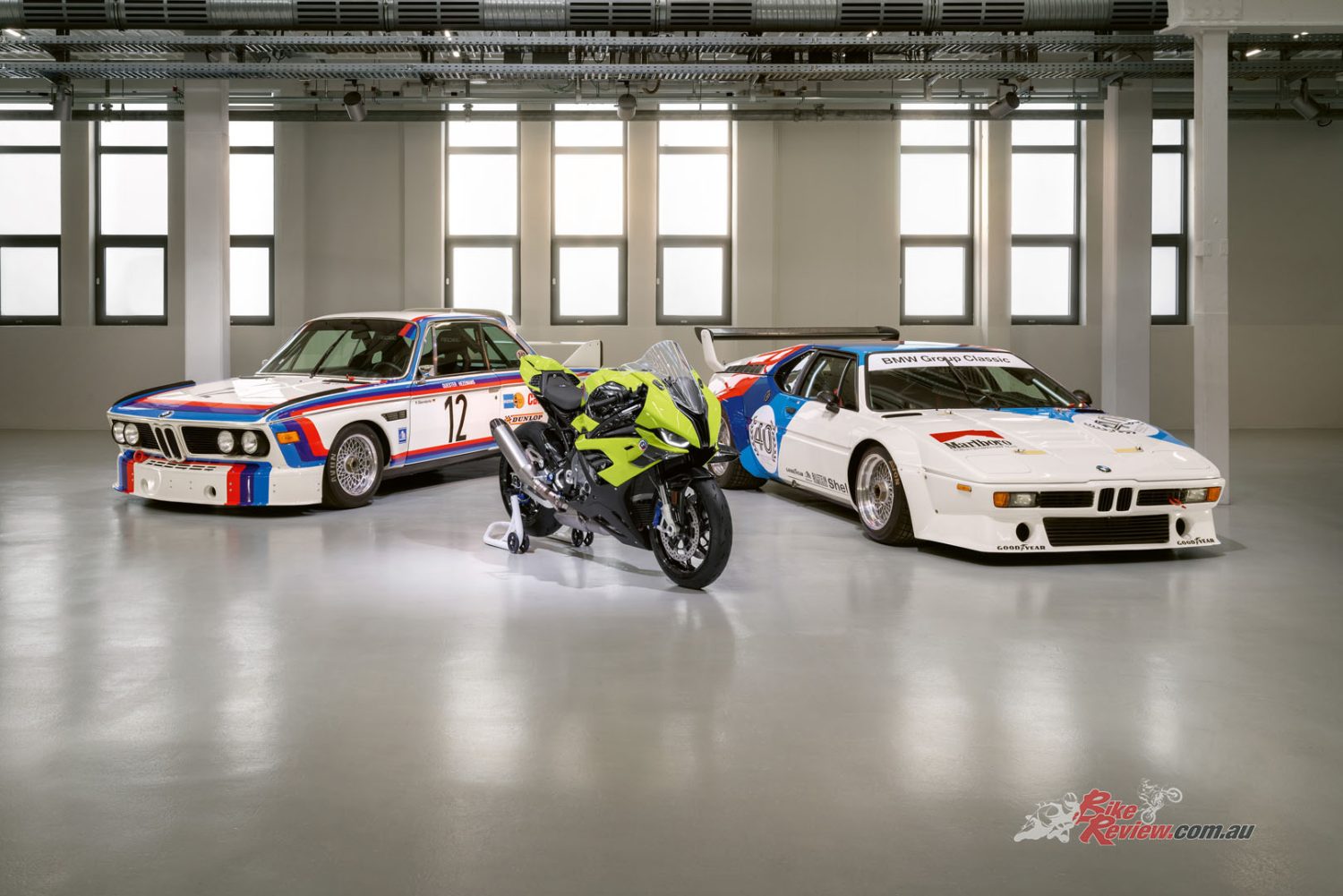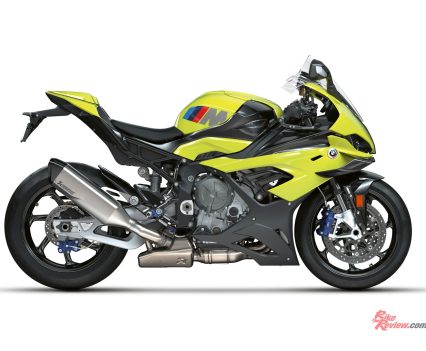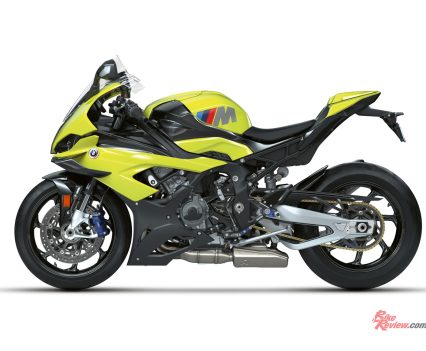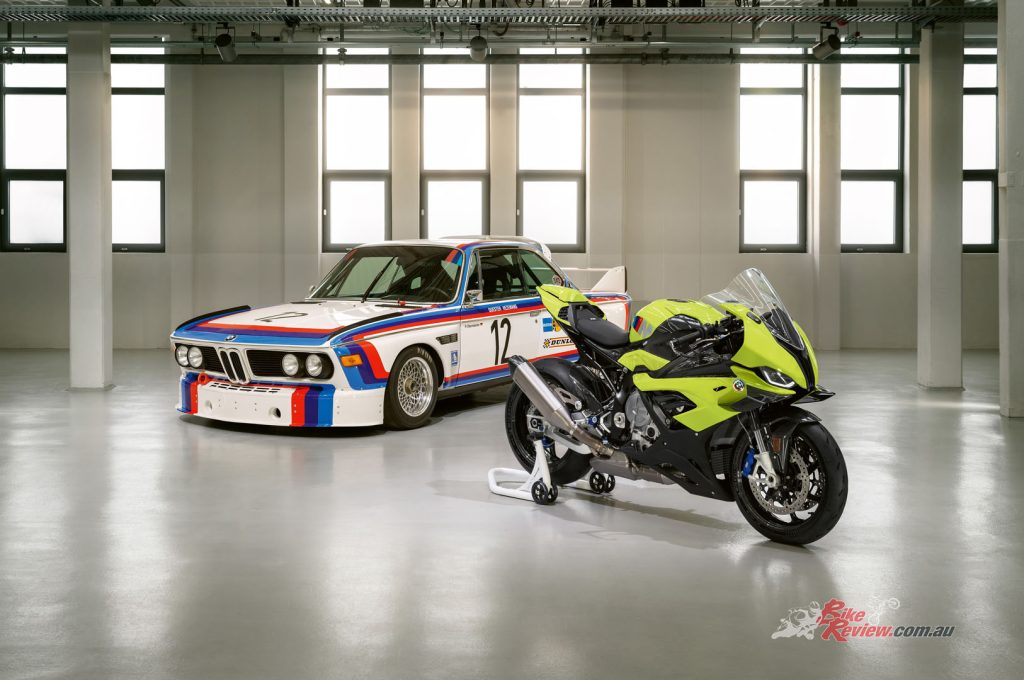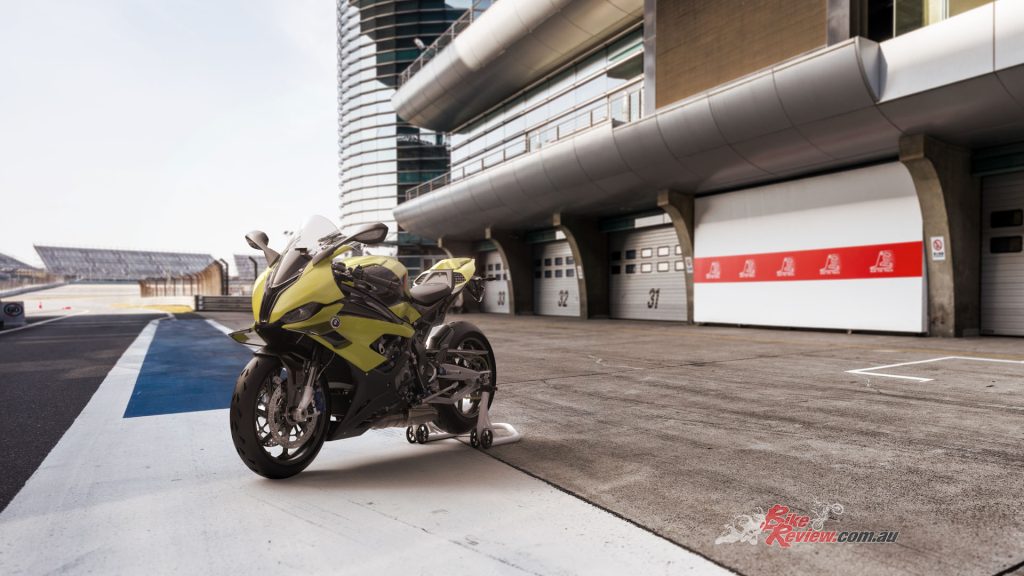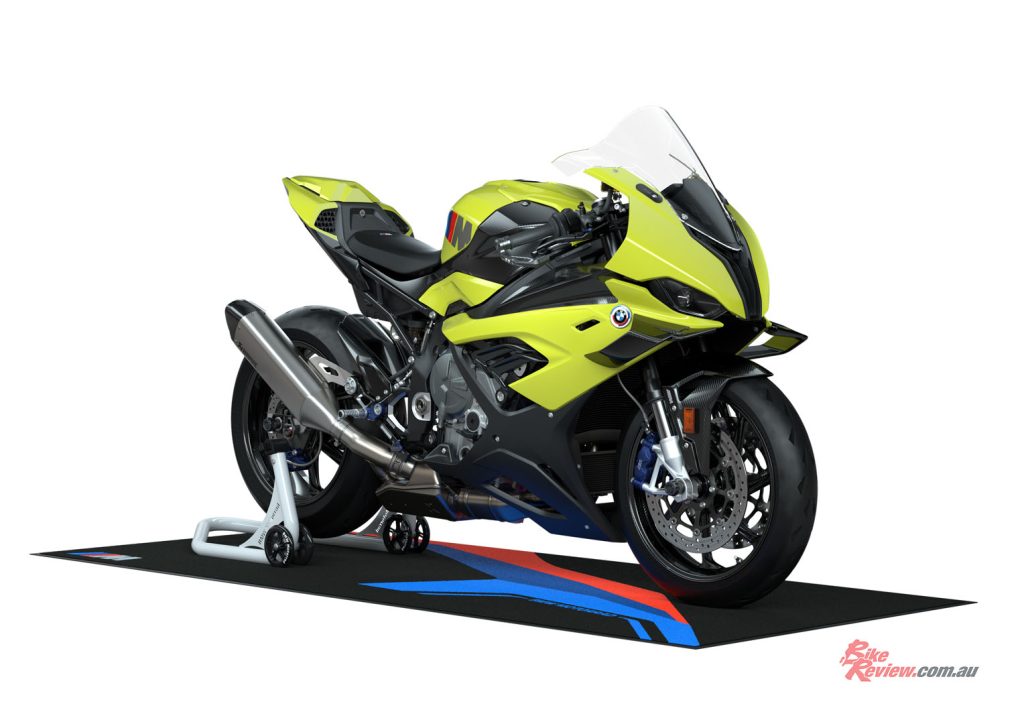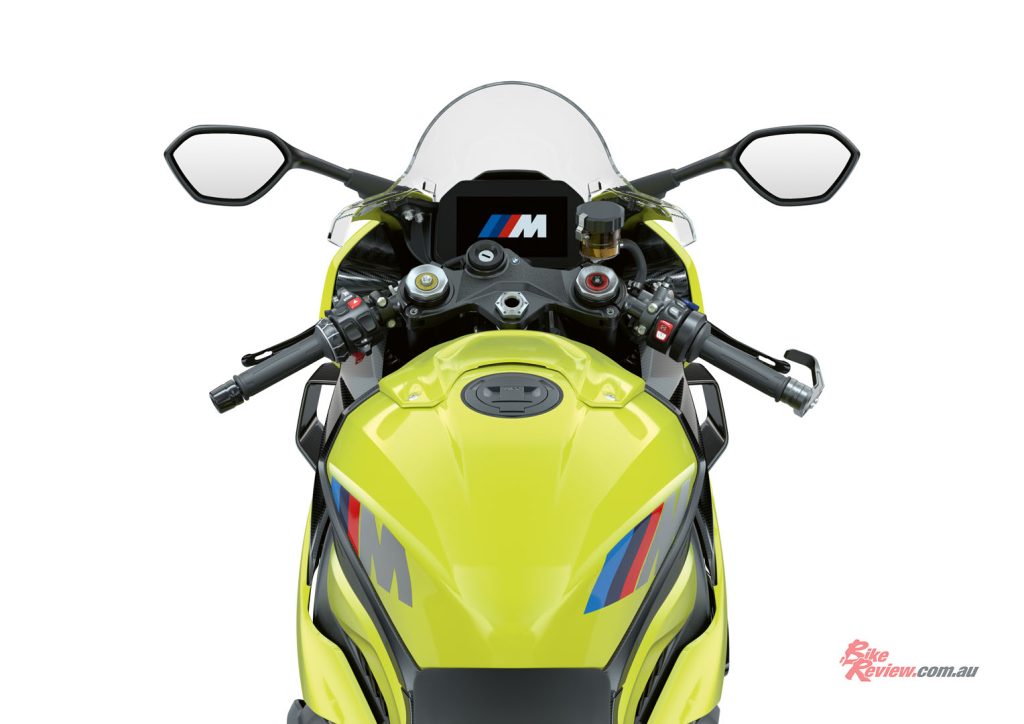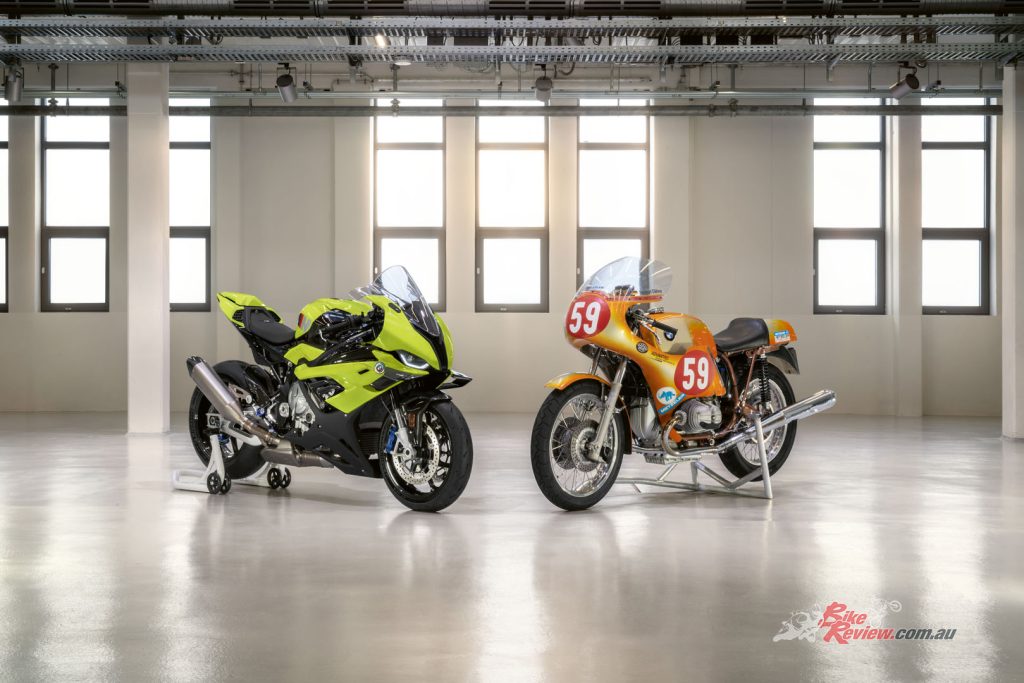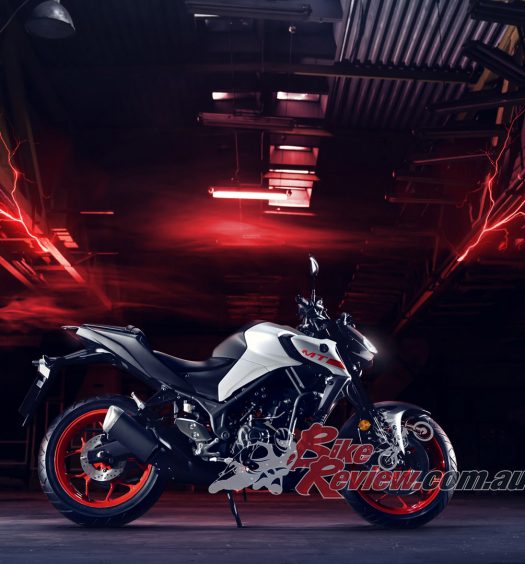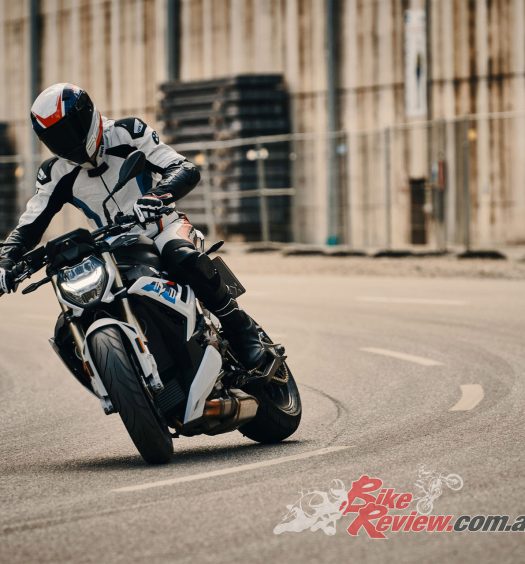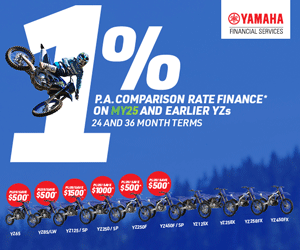BMW recently unveiled their 50th Anniversary special edition 2022 M 1000 RR in Sao Paulo Yellow. Check out this WorldSBK machine for the street... Press Release: BMW Motorrad.
To mark the 50th anniversary of BMW M GmbH, founded in 1972 as BMW Motorsport GmbH, BMW Motorrad unveiled the M 1000 RR 50 Years M anniversary model in Sao Paulo Yellow finish and with the historic 50 Years BMW M emblem.
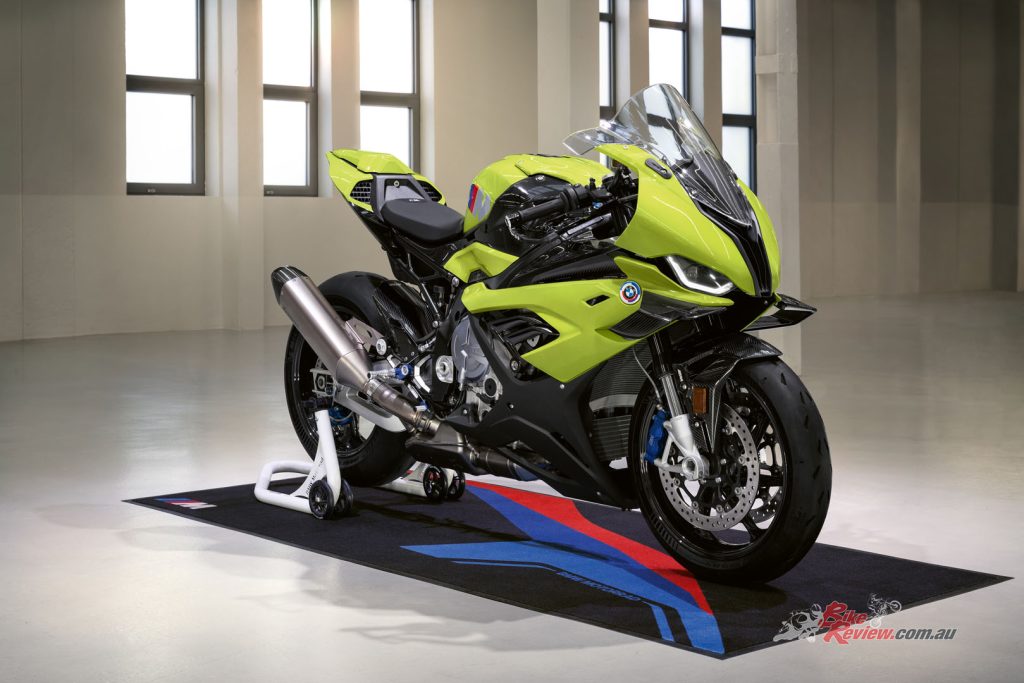
To mark the 50th anniversary of BMW M GmbH, founded in 1972 as BMW Motorsport GmbH, BMW Motorrad unveiled the M 1000 RR 50 Years M anniversary model.
With its striking M colours, BMW say this anniversary model lives up to the M philosophy and the racing spirit from almost 100 years of motorcycle construction by BMW Motorrad and 50 years of BMW M vehicles. The M RR 50 Years M is fitted with the M Competition Package as standard. In addition to the extensive M milled parts package and the exclusive M carbon package, both a lighter swingarm in silver anodised aluminium, the unlock code for the M GPS laptrigger as well as the M Endurance chain, pillion package and pillion seat cover are part of the standard equipment.
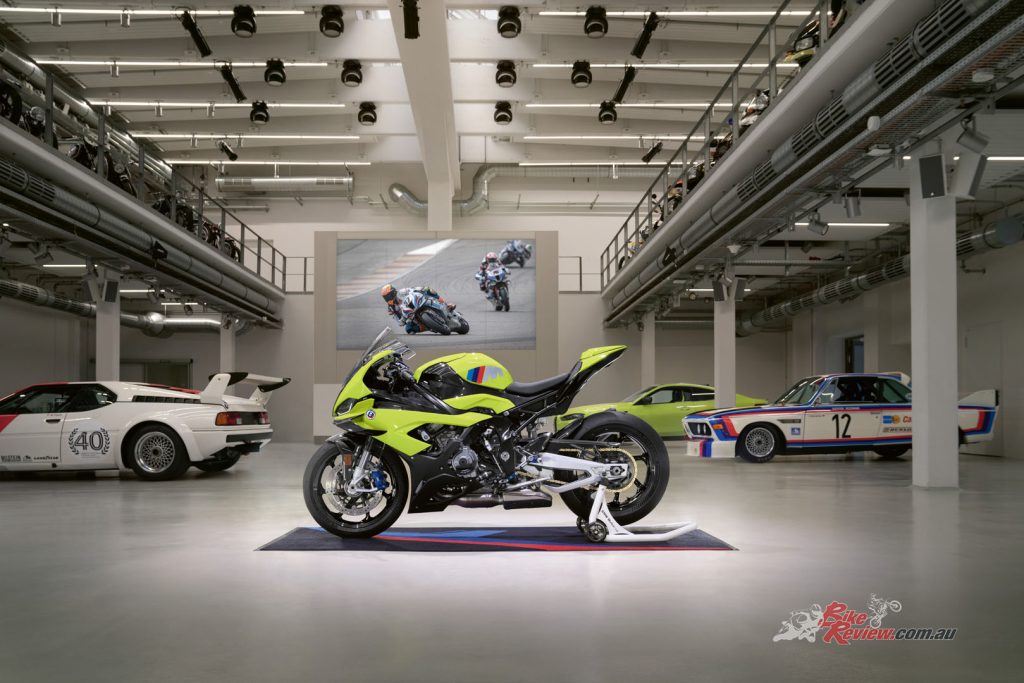
The M RR 50 Years M is fitted with the M Competition Package as standard. In addition to the extensive M milled parts package and the exclusive M carbon package.
At the end of 2018, BMW Motorrad introduced the successful BMW M range strategy for motorcycles and has since been offering M special equipment and M Performance Parts. The BMW M 1000 RR – known as the M RR for short – finally celebrated its world premiere in September 2020 as the first M model from BMW Motorrad based on the S 1000 RR.
Race-inspired four-cylinder engine
At the heart of the M 1000 RR is a highly tuned four-cylinder engine based on the S 1000 RR engine developed for racing. It uses a water-cooled four-cylinder in-line layout with BMW ShiftCam technology for varying valve timing. Valve lift has also been modified comprehensively for track applications. It achieves its peak output of 156kW@14,500rpm, while maximum torque is at 113Nm@11,000rpm.
In addition to a maximum engine speed increase to 15,100rpm, the M RR engine has extensive technical optimisation such as new two-ring forged pistons from Mahle, adapted combustion chambers and compression increased to 13.5:1. It also features longer and lighter titanium connecting rods from Pankl, slimmer and lighter rocker arms, fully machined intake ports with new duct geometry and enhancements for the camshafts and intake area.
The exhaust system is made from titanium, a weight reduction of 3.5 kilograms compared with the unit fitted to the S 1000 RR. The new M RR engine is more powerful than the RR powertrain from 6,000rpm to 15,100rpm – a range that is particularly relevant for race track dynamics.
Aerodynamic uplift
The M winglets on the trim front, which were developed during intensive testing on the race track and in BMW Group’s wind tunnel and which are made of clear-coat carbon, produce aerodynamic downforce and thus additional wheel loads according to the speed. The additional downforce developed at speed is significant, with 13.4kg generated on the front axle and 2.9kg on the rear at 300km/h.
The additional wheel load on the front wheel counteracts wheelie inclination, traction control regulates less and more power is converted into acceleration. The effect of the winglets is also noticeable in curves and when braking with the higher levels of downforce allowing for later braking and increased cornering stability.
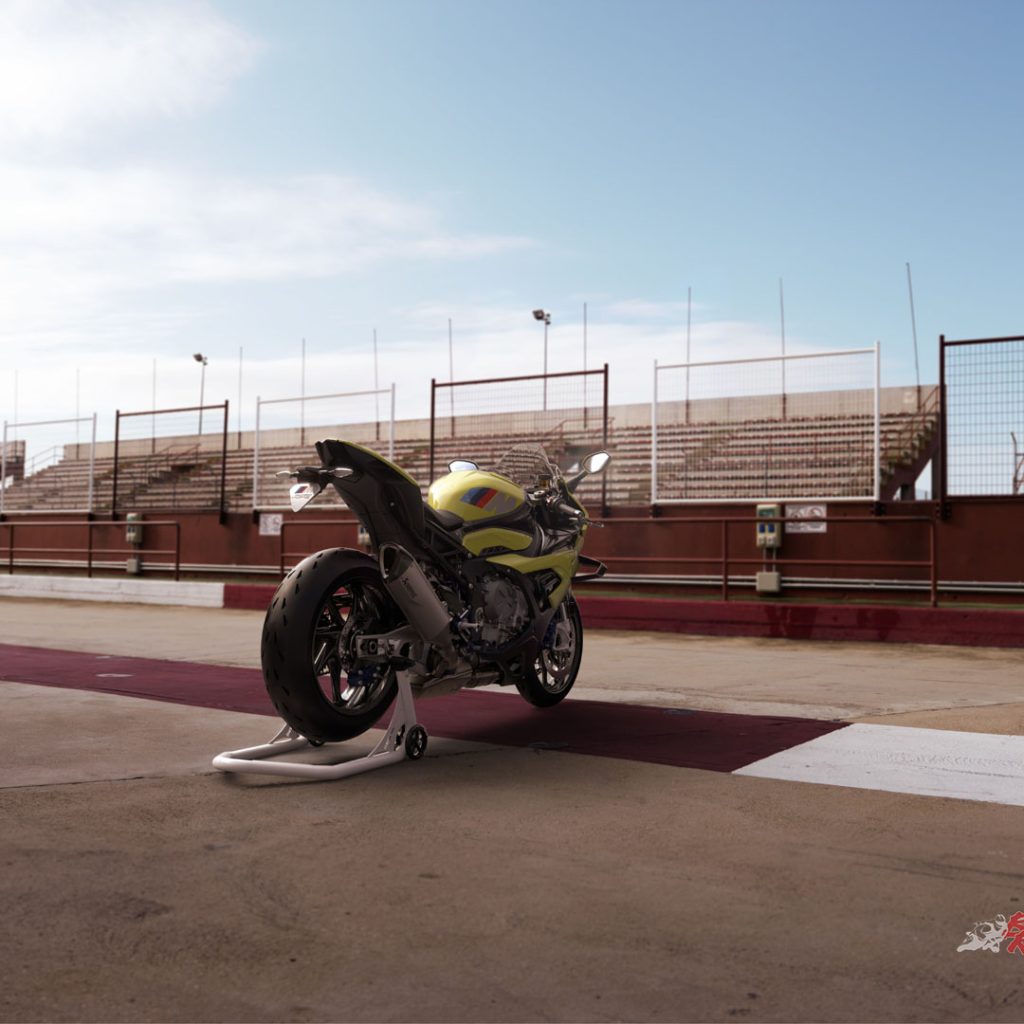
The bridge frame is retained from the S 1000 RR but geometry is revised for the M 1000 RR and is adjustable.
Chassis tuned to perform at the highest level
The chassis of the new M RR is based on the S 1000 RR with a lightweight bridge frame. The suspension strut is bespoke to the M RR and replaces the 87.5mm threaded rod unit of the S 1000 RR. The strut is an eccentric strut type with an initial length of 78mm and an adjustment range of 6mm in seven 1mm increments from 75mm to 81mm. The linkage ratio has also been increased from 1.63:1 of the S 1000 RR to 1.97:1 – a move inspired by experiences in racing.
The spring rate is 100N/mm and a new spring steel has been adopted to reduce weight. In addition, the swing pivot point has been optimised for use in motorsport applications. Adjustment range is from -2mm to +2mm in 1mm increments – a new feature developed for the M RR. The chain and thus effective swingarm length has been extended by one pair of links, resulting in a revised wheelbase that provides the M RR a solid grounding. In addition, the top and bottom fork bridges are entirely milled, black anodised and are approximately 20 grams lighter than on the S 1000 RR.
Debut of BMW M brakes and carbon wheels as standard
The new M RR is the first BMW motorcycle to feature an M brake system. The system was developed directly from brake designs on BMW Motorrad racing machines in the Superbike World Championship and provides maximum fading stability and controllability. Externally, the M brake calipers have a blue anodised coating with the M logo.
M carbon wheels, which are fitted as standard, provide additional stiffness while lowering unsprung weight to increase performance potential. This also changes front wheel load distribution from 53.8 per cent of the S 1000 RR to 52.1 per cent for the M RR.
High definition displays deliver clarity on the limit
The M RR’s instrument cluster features a high clarity 6.5-inch TFT display and OBD interface that can be used with an activation code for the M GPS data logger and M GPS laptrigger. An activation code, which comes as standard, provides comprehensive data material for the use of the M GPS laptrigger and M GPS data logger (Original BMW Motorrad Accessories) via the OBD interface of the cluster.
Editor’s Note: If you are reading this article on any website other than BikeReview.com.au, please report it to BikeReview via our contact page, as it has been stolen or re-published without authority.


